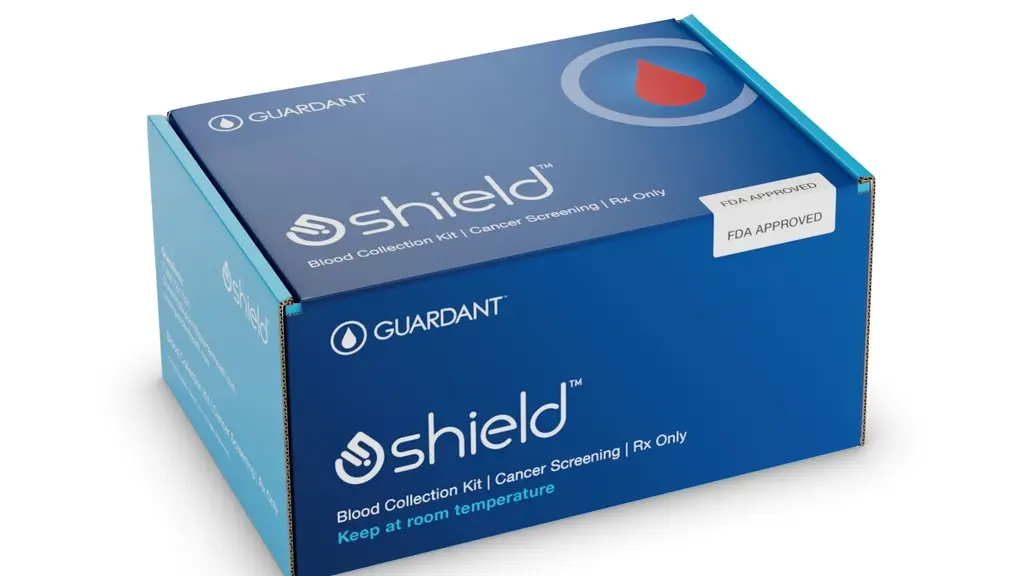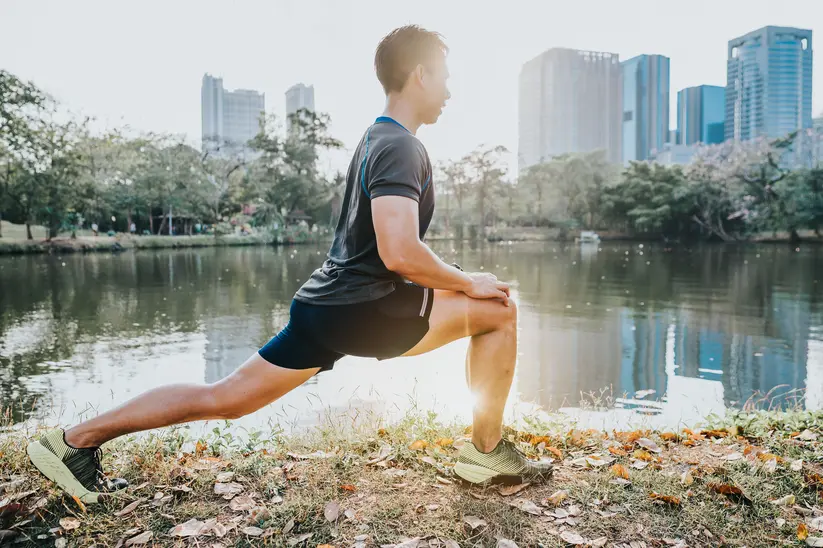The Science Behind Why COVID-19 Tends to Spike During Summer Months
The COVID-19 pandemic has revealed patterns of seasonal fluctuations, with surprising spikes during the summer months. Unlike the flu, which typically peaks in colder weather, COVID-19 has shown a unique behavior that has left many puzzled. In this article, we will explore the science behind these summer surges, examining the key factors that contribute to this phenomenon. We will also discuss how you can protect yourself during these spikes.
1. Human Behavior and Social Dynamics
Increased Travel and Social Gatherings
- Vacation Season: Summer is a time when people are more likely to travel, attend festivals, and participate in large gatherings. These activities create opportunities for the virus to spread rapidly, as close contact with others increases the risk of transmission.
- International Travel: As borders open and international travel resumes, the virus can easily be carried from one region to another. This movement of people can lead to localized outbreaks and contribute to global surges.
Reduced Adherence to Preventive Measures
- Pandemic Fatigue: After enduring months of restrictions, many people become less vigilant about preventive measures such as wearing masks and maintaining social distance. This fatigue is particularly evident during the summer when the desire to enjoy the warm weather is strong.
- Perception of Lower Risk: The outdoor activities and warm weather create a sense of security that can be misleading. Many believe that being outdoors significantly reduces the risk of transmission, leading to more relaxed behavior.
2. Environmental Factors
Impact of Temperature and Humidity
- Virus Viability: The SARS-CoV-2 virus has shown resilience in warmer, more humid environments. While high temperatures may reduce the virus’s survival on surfaces, it does not significantly impact its ability to spread through the air.
- Air Conditioning and Indoor Activities: As temperatures rise, people often retreat to air-conditioned spaces where ventilation may be limited. These indoor environments can become breeding grounds for the virus, as poor air circulation can concentrate viral particles.
UV Radiation and Virus Inactivation
- Sunlight and UV Exposure: While UV radiation from sunlight can inactivate viruses on surfaces, its impact on airborne particles is limited. Additionally, the protection offered by sunlight is often outweighed by the increased indoor activity during peak heat, where the risk of transmission is higher.
3. Variants and Viral Evolution
Emergence of New Variants
- Mutation Rate: As the virus spreads, it continues to mutate, leading to the emergence of new variants. Some of these variants may be more transmissible, particularly in settings where preventive measures are not strictly followed.
- Vaccine Evasion: Some variants have shown the ability to partially evade immunity from previous infections or vaccinations, leading to breakthrough infections and contributing to summer surges.
Global Disparities in Vaccination Rates
- Unequal Vaccine Distribution: The uneven distribution of vaccines worldwide means that some regions are more vulnerable to outbreaks, especially during the summer when international travel and large gatherings are more common.
- Vaccine-Induced Behavior Changes: Vaccinated individuals may feel overly confident in their immunity, leading to riskier behavior. While vaccines reduce the severity of illness, they do not completely prevent transmission, especially with newer variants.
4. Public Health Policies and Responses
Relaxation of Restrictions
- Policy Changes: Governments often relax restrictions during the summer, allowing more activities to resume. This relaxation, combined with the behavioral changes mentioned earlier, can lead to a surge in cases.
- Reopening of Schools and Businesses: In some regions, summer marks the reopening of schools and businesses. These environments, particularly if not properly managed, can become hotspots for transmission.
Delayed or Insufficient Public Health Response
- Lag in Response: Public health responses may be slower during the summer, as officials and the public may not anticipate a spike. This delay in implementing measures like mask mandates or travel restrictions can allow the virus to spread unchecked.
- Resource Strain: Summer surges can strain healthcare resources, especially if hospitals are not prepared for an unexpected increase in cases. This strain can lead to more severe outcomes for patients.
How to Protect Yourself During COVID Surges
Continue to Follow Preventive Measures
- Mask-Wearing: Even during the summer, wearing masks in crowded or enclosed spaces remains crucial. Masks help reduce the spread of viral particles, protecting both yourself and others.
- Social Distancing: Maintain a safe distance from others, especially in crowded settings. Social distancing reduces the risk of exposure to the virus.
Stay Informed and Adapt
- Monitor Local Health Guidelines: Stay updated on local COVID-19 guidelines and adapt your behavior accordingly. Public health advice may change based on the situation in your area.
- Limit Non-Essential Travel: If possible, limit travel to areas with high transmission rates. Avoiding crowded destinations can reduce your risk of exposure.
Vaccination and Boosters
- Get Vaccinated: Ensure that you are fully vaccinated and receive any recommended booster shots. Vaccines remain one of the most effective tools in preventing severe illness and reducing transmission.
- Encourage Others: Encourage friends and family to get vaccinated. High vaccination coverage in your community helps protect everyone, especially those who are most vulnerable.
The summer spikes of COVID-19 are driven by a combination of human behavior, environmental factors, viral evolution, and public health policies. Understanding these factors is essential for mitigating future surges and protecting public health. As we continue to navigate the pandemic, it is important to remain vigilant, adapt to changing circumstances, and prioritize preventive measures, even during the summer months. By following recommended guidelines and taking proactive steps to protect yourself and others, you can help reduce the impact of COVID-19 during these critical periods.




